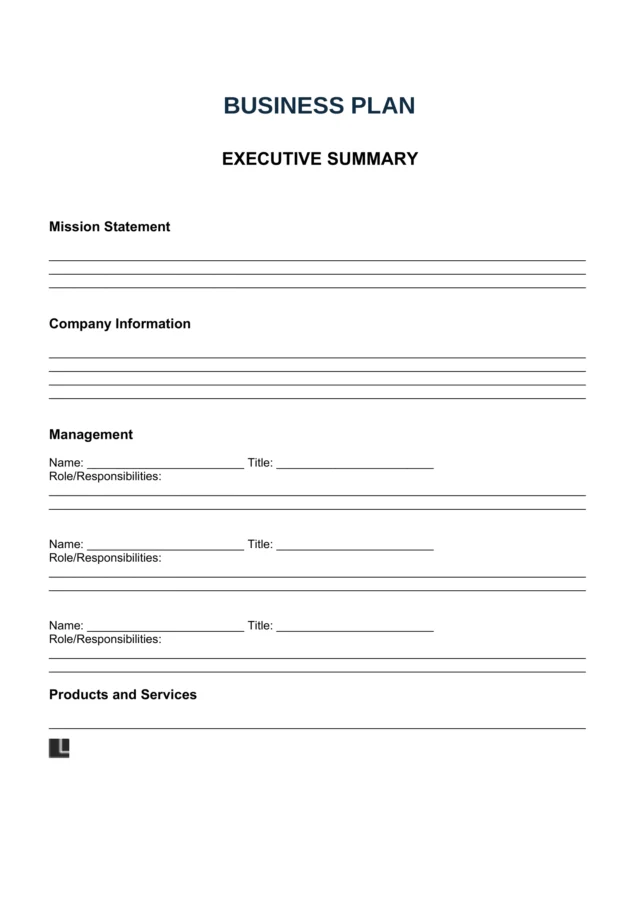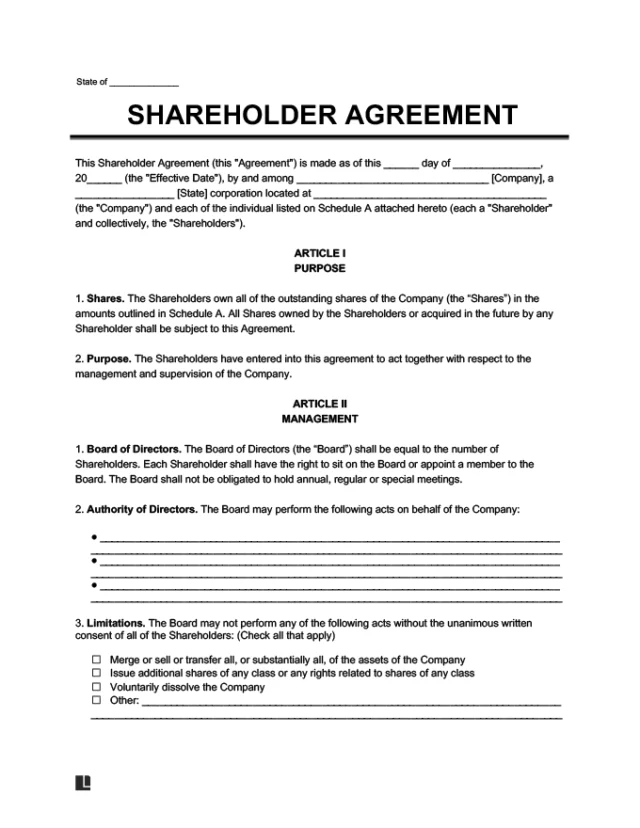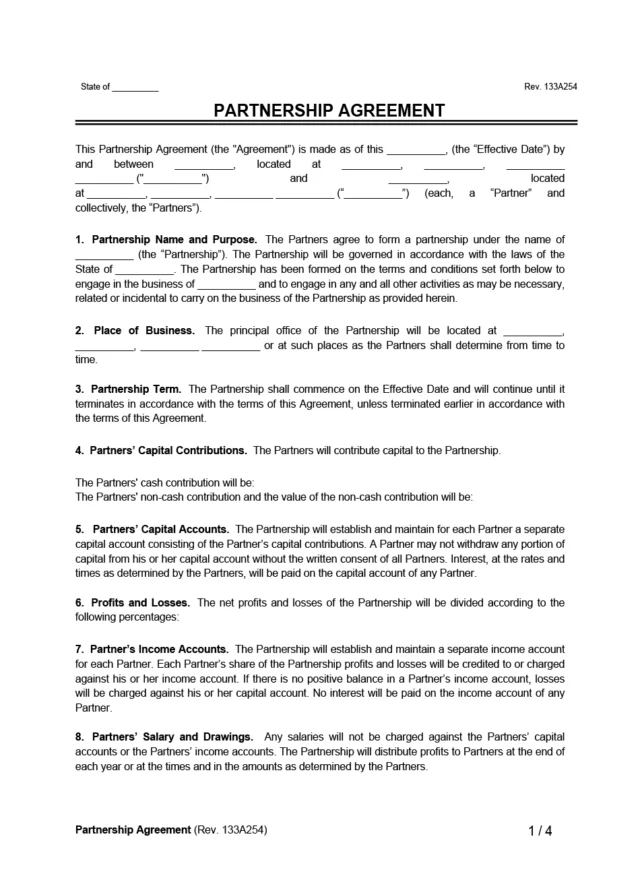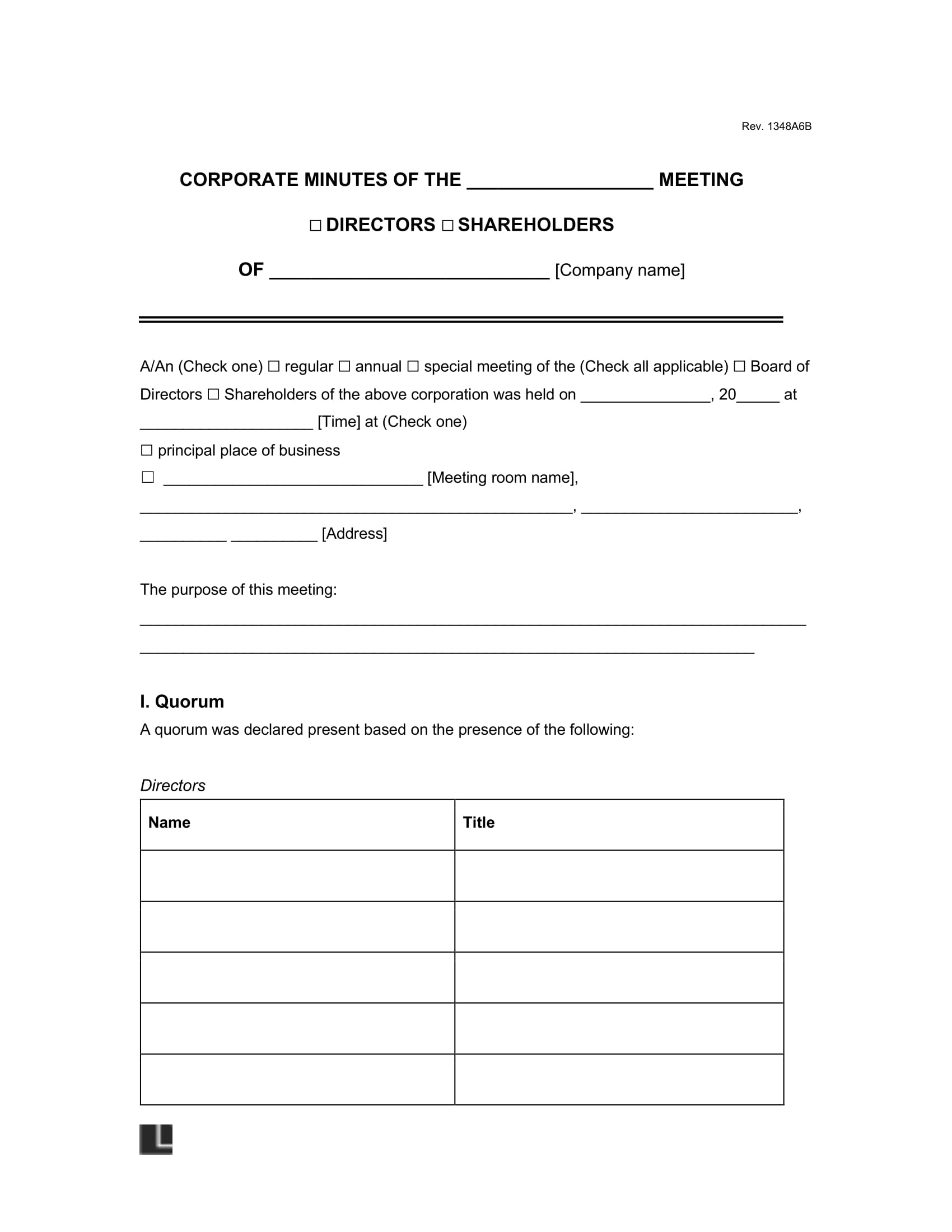What Are Corporate Minutes?
Corporate minutes, also known as meeting minutes, are the official record of what happens during a company’s meeting. They capture the decisions made, the actions approved, and the key discussions that took place.
Corporate minutes don’t need to include every word spoken throughout the meeting. Instead, they should focus on the essential details:
- Who attended the meeting
- What issues were discussed
- What decisions were made
- How votes were taken and recorded
Keeping accurate minutes shows that your corporation follows state laws and its rules. Minutes also protect directors and leaders by showing that decisions were made carefully and in good faith.
Most states require corporations to keep minutes as permanent records of board and stakeholder meetings. However, a few states, including Delaware, Kansas, Nevada, North Dakota, and Oklahoma, do not. Even in these states, it is still a best practice to keep minutes because they serve as proof of compliance, protect leaders from liability, and create a clear record of company decisions.
When to Use Corporate Minutes?
Corporate meeting minutes should be used any time you have to record key decisions and actions taken during official company meetings. They serve as proof that your business follows the right processes and complies with state law.
You should use corporate minutes for:
- Annual Meetings: yearly shareholders’ and directors’ meetings to elect leaders and review business
- Board Meetings: where directors make governance decisions, such as budget or contract decisions
- Shareholder Meetings: when owners vote on significant actions like mergers and acquisitions
- Special Meetings: called to discuss any urgent or specific issues, such as mergers
Legal Templates offers a corporate meeting minutes template you can download and customize to fit your company’s needs.
Why Corporate Minutes Matter (Legal Requirements & Compliance)
Corporate minutes are more than just notes from a meeting. They are a part of the official records your business must keep under state law. They show that your business follows state law and its own bylaws. Failing to maintain accurate minutes can create compliance issues and make it harder to defend your company’s actions if challenged.
- Compliance with state law: Most states require corporations to keep minutes as permanent records of board and shareholder meetings. For example, Tennessee law requires corporations to keep minutes of all shareholder and board meetings (Tennessee Code § 48-26-101).
- Shareholder inspection rights: Many states give shareholders the right to review corporate records, including minutes, to make sure the business is running properly. For example, New York law allows shareholders to inspect minutes of shareholder meetings (New York Business Corporation Law § 624).
- Electronic recordkeeping: Some states let corporations keep minutes electronically as long as the records can be reproduced in paper form if needed. For example, Delaware law allows corporations to keep electronic storage if records can be easily converted into paper form (8 DE Code § 224).
Keeping minutes isn’t just about following the law. They also protect directors and officers by showing that decisions were made in good faith and with proper oversight.
C Corps and S Corps Follow the Same Rules for Minutes
Under state law, both C corps and S corps must keep corporate minutes as permanent records. The IRS does not regulate minutes but stresses the importance of accurate records for tax purposes (IRS Pub 583).
How To Write Corporate Minutes (Step-by-Step)
Writing corporate minutes doesn’t have to be difficult. Using a clear structure makes it easier to capture the important details without missing anything. Here are the steps you should follow when writing corporate meeting minutes:
Step 1 – Start With Meeting Basics
Begin with the basic information about the meeting, such as:
- Name of the corporation
- Type of meeting (board, shareholder, annual, or special)
- Date, time, and location
- Purpose of the meeting, and members who are present
Step 2 – Confirm Quorum and Attendance
List who attended the meeting, including anyone absent or arriving late. State whether a quorum was reached. A quorum means the minimum number of directors or shareholders required to make the meeting official. Without a quorum, any decision made may not be valid.
Step 3 – Record Key Roles
Identify the chairperson who led the meeting and the secretary who recorded the meeting minutes. You may also include other essential board members who participated.
Step 4 – Summarize Reports and Discussions
If company leaders or committee members present reports, attach written copies when possible. Provide a short summary of the key points and discussions that took place.
Step 5 – Document Motions and Resolutions
Record any motions (formal proposals for action), who made the motion (the mover), and who supported it (the seconder). Then include the voting results (for example, five in favor, one opposed). Make sure to:
- Include approvals of past minutes
- Summarize new actions and resolutions reached
- Avoid word-for-word transcripts and focus on key decisions made
Step 6 – Record Special Actions (If Any)
Note any major decisions, such as approving mergers, acquisitions, or large contracts.
Step 7 – Close the Meeting
State the time and method of adjournment and record the date and time of the next meeting.
Step 8 – Approve and Sign the Minutes
After the meeting, minutes should be approved and signed by the secretary and the chairperson. While not always required by law, signed minutes are stronger evidence if ever reviewed in court or by regulators.
Do Corporate Minutes Need to Be Notarized?
No. Corporate minutes do not need to be notarized. They are internal records, not documents filed with the state. Signatures from the secretary or chairperson are sufficient to make them valid.
Sample Corporate Minutes
View our sample corporate minutes template to see how to complete each field. Then, follow our step-by-step questionnaire to fill out the form, and download your corporate minutes template as a PDF or Word file.
What Happens If You Don’t Keep Corporate Minutes
Skipping corporate minutes can put your business at serious risk. Here are some common consequences:
- Loss of good standing: Your corporation could lose its status with the state if you don’t keep the required records.
- IRS and audits: The IRS expects accurate records to back up tax filings. Missing minutes may cause problems during audits (IRS Pub. 583).
- Shareholder disputes: In many states, shareholders can inspect minutes. Without meeting minutes, disputes may be more complicated to resolve.
- Personal liability: Minutes help prove that directors acted in good faith and followed the corporation’s process and structure in their state. Without them, courts may hold individuals personally responsible for corporate debts and liabilities.







